CMIP6: Not-so-sudden stratospheric cooling
Real Climate
MAY 21, 2023
A new paper by Ben Santer and colleagues has appeared in PNAS where they extend their previous work on the detection and attribution of anthropogenic climate change to include the upper stratosphere, using observations from the Stratospheric Sounding Units (SSUs) (and their successors, the AMSU instruments) that have flown since 1979.


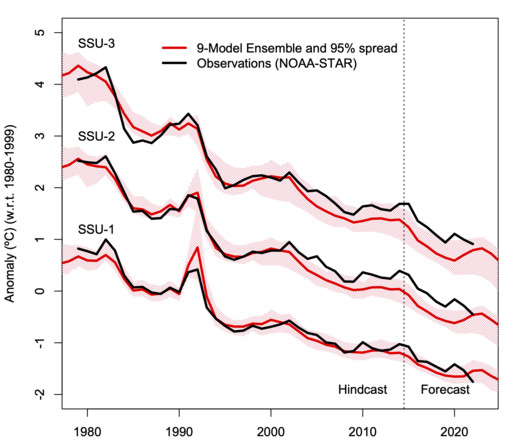
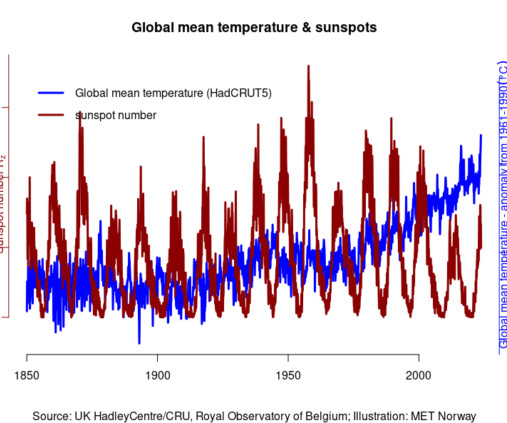
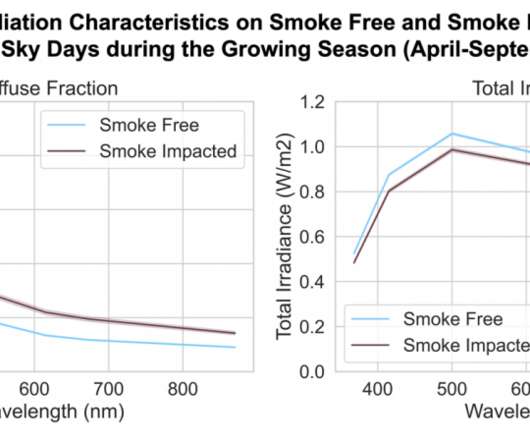
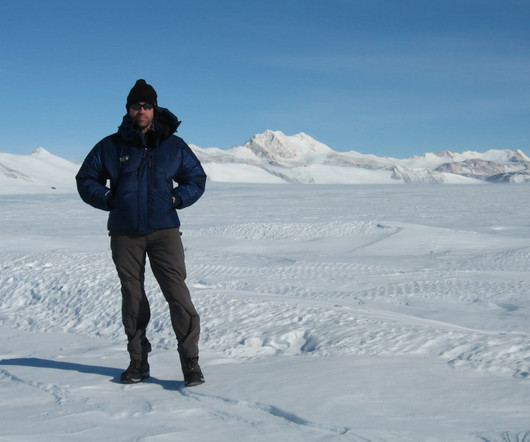
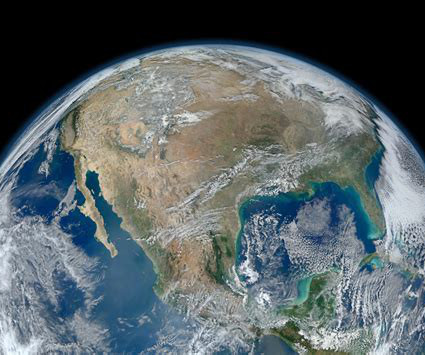






Let's personalize your content